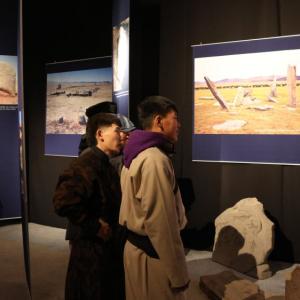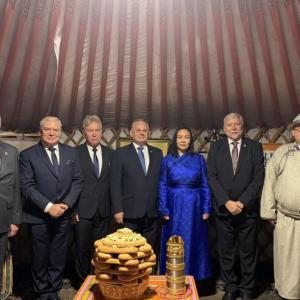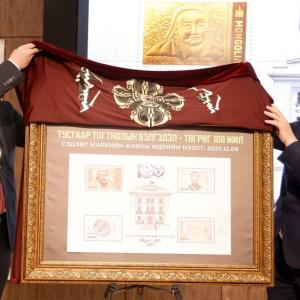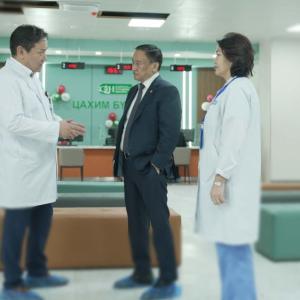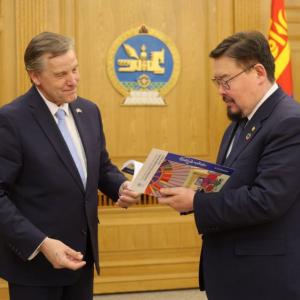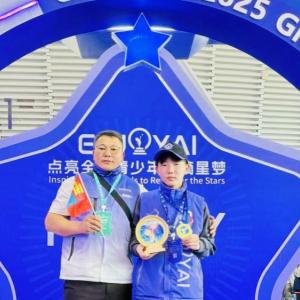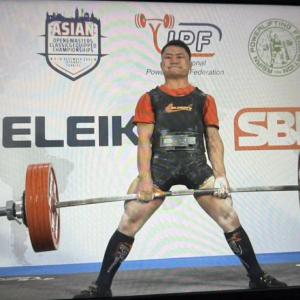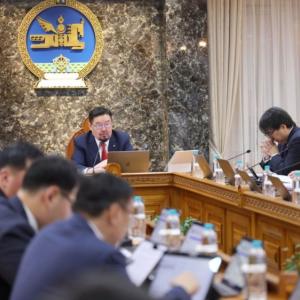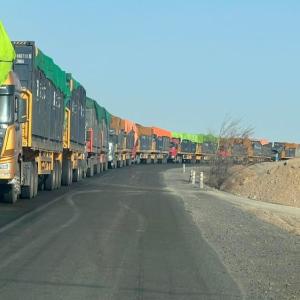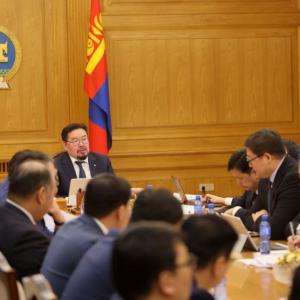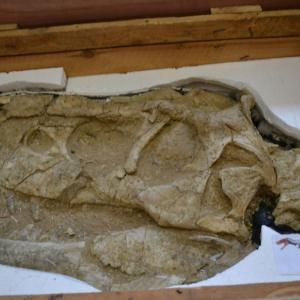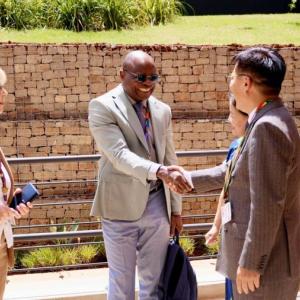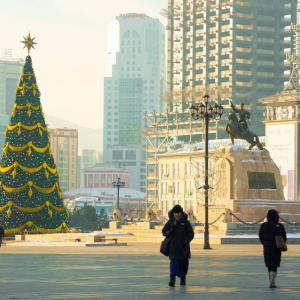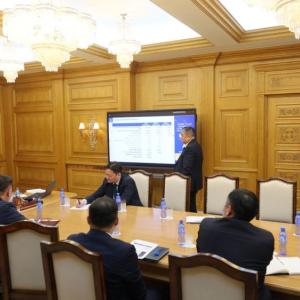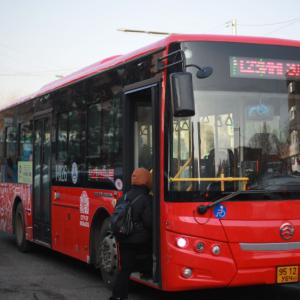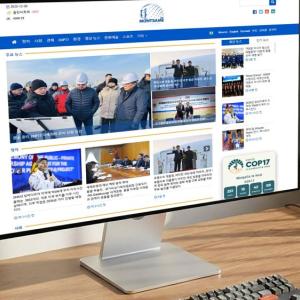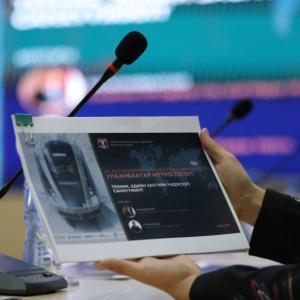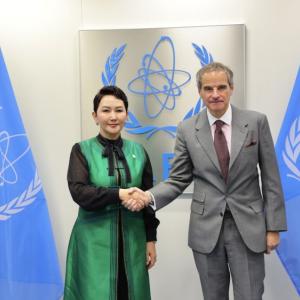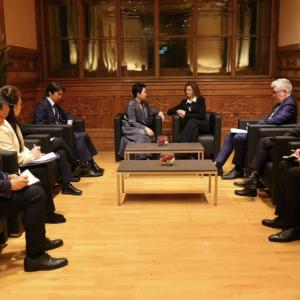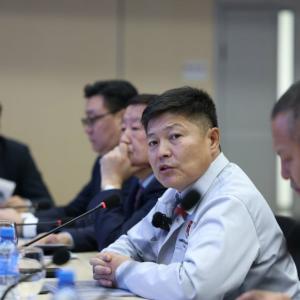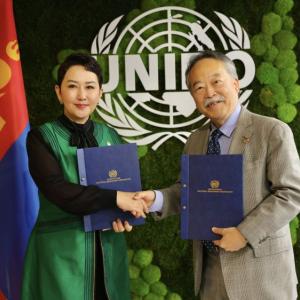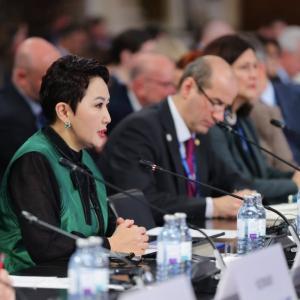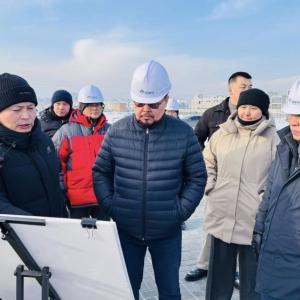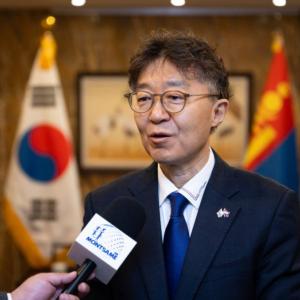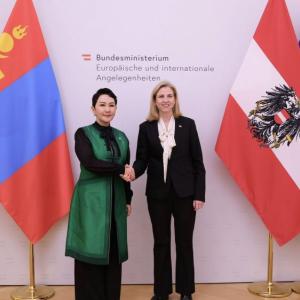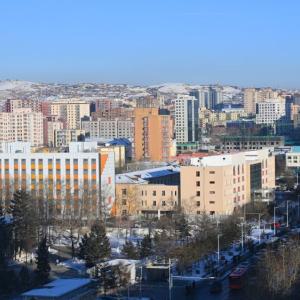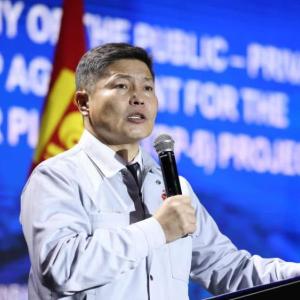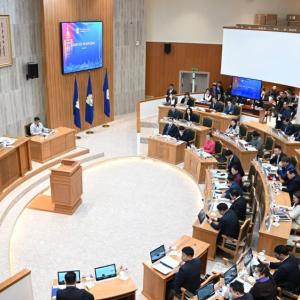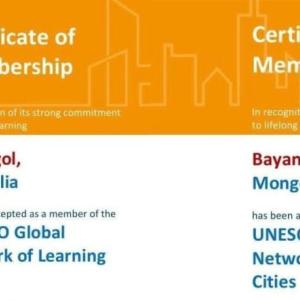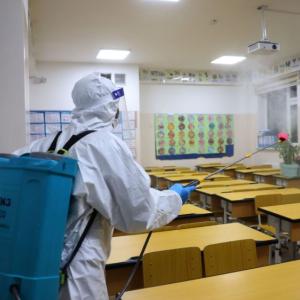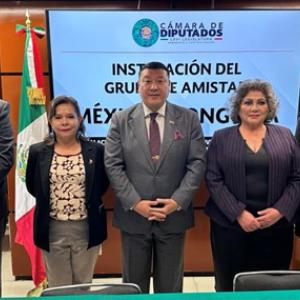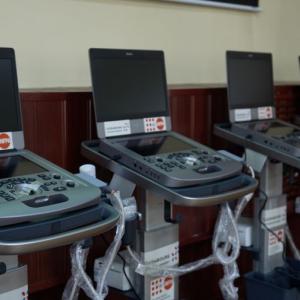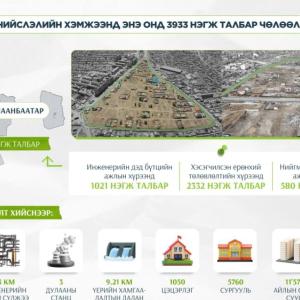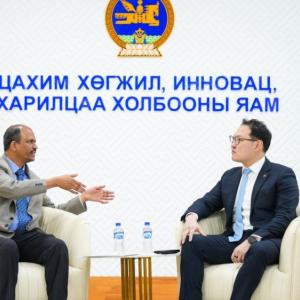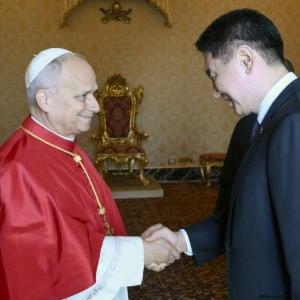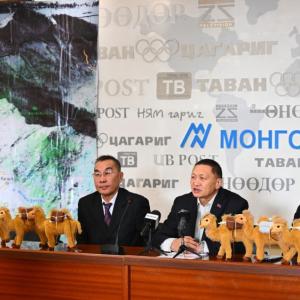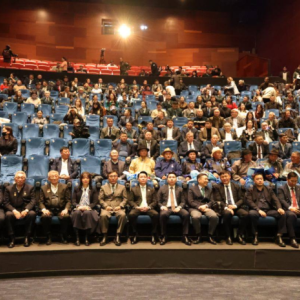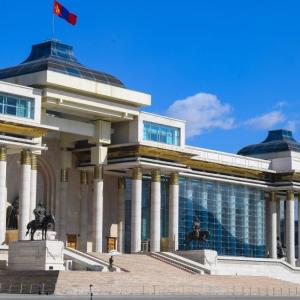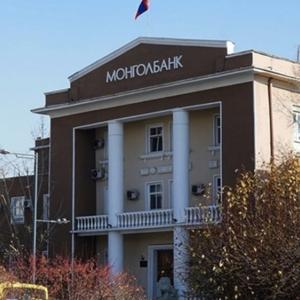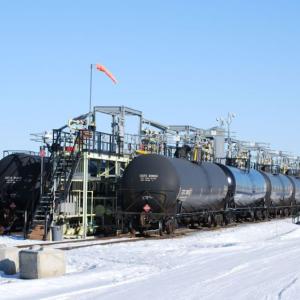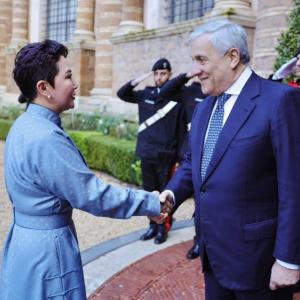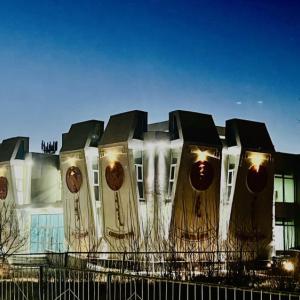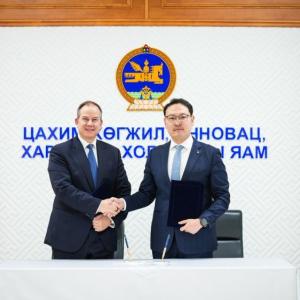Empowering Persons with Disabilities through Infrastructure
Society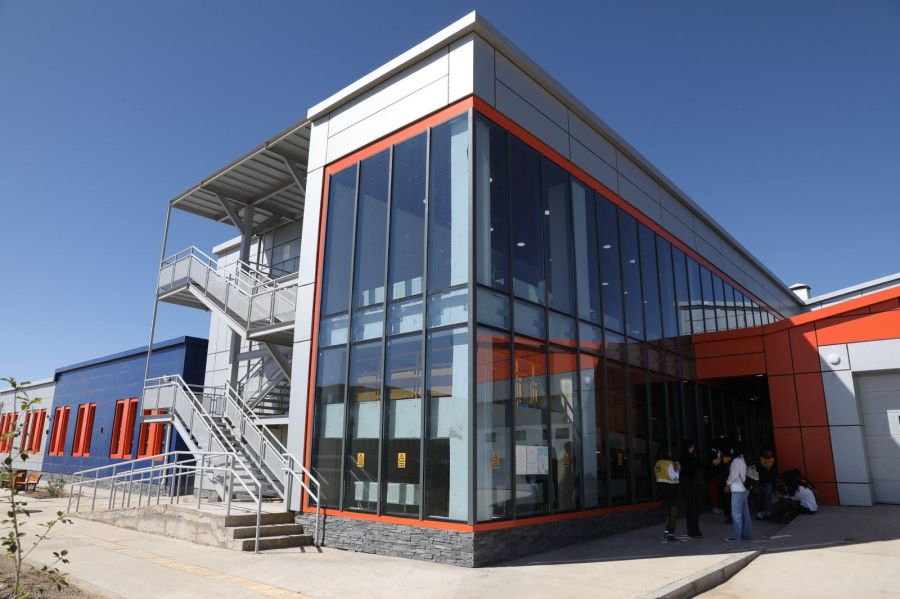
Ulaanbaatar, September 15, 2023 /MONTSAME/.People with disabilities and their family in countryside are
very happy and expressed their sincere gratitude to the Asian Development Bank
and the Government. Because the people with disabilities (PWDs) now have their
“second home” specially dedicated to them, the Development Center for People
with Disabilities.
Jointly with the Government of Mongolia the Asian
Development Bank is implementing Ensuring Inclusiveness and Service Delivery
for Persons with Disabilities Project with a loan of USD 25 million from ADB
and a grant equivalent of USD 2 million provided by the Japan Fund for
Prosperous and Resilient Asia and the Pacific.
The project aims to ensure that PWDs in Mongolia are
socially and economically integrated to help improve their quality of life by
providing better economic and educational opportunities as well as enhanced
public service access and delivery. As a core part of the project, Development
Center for People with Disabilities have been constructed in Khuvsgul,
Arkhangai, Darkhan-uul, Dornod, Dundgobi, and Khovd aimags with universal
design, which means every building for the center is constructed with exactly
the same design and infrastructure friendly to PWDs as well as equipment and
facilities for Disability Rehab Exercise and other purposes installed are
well-thought to be suitable and comfortable to PWDs. Most importantly, repairs
and making parts of orthopedic equipment and assistive devices will be
available at the model centers as necessary machines and equipment have been
already installed. It is crucial for PWDs, especially in rural areas as
orthopedic equipment and assistive devices are inaccessible there, seriously
reducing the potential for PWDs to compensate for their disabilities and
succeed at school or in the workplace.
The Prime Minister of Mongolia Oyun-Erdene Luvsannamsrai attended the opening of Development Center for People with Disabilities in Dundgobi, Darkhan-Uul and Khovd aimags recently. The Premier stated that the Development Center for PWD will be built in Dornogobi and Umnugobi aimags next year, while all the 21 provinces and 9 districts of Ulaanbaatar will have such center in the future.
PWDs in Mongolia, comprising about 4 percent of the
country’s population as of 2010, and their households are often more likely to
be in poverty and living in isolation than the rest of the country. They also
typically lack access to education, healthcare, social protection, and
employment, while remaining marginalized-hindering their potential as
productive members of Mongolian society. Therefore, the project, focused on six
provinces, aims to achieve equal participation for people with disabilities in
economic and social activities by making it easier for them to access basic
services and job opportunities. Specifically, the project will focus on early
identification of children with disabilities through early medical and social
intervention. It will also improve the service delivery for PWDs by engaging
social workers, conducting family sessions, and establishing a dedicated
hotline on information, counselling, and referrals. Training for employees of
the centers have been conducted.
The project's target aimags have a large proportion of PWDs
and a high poverty ratio among PWDs. Based on proxy means test data, the
percentage of PWDs in the bottom three deciles of poverty is 55 percent in the
selected aimags and 44 percent in the other 15 aimags. Disability assessment is
currently based on an outdated, narrow medical approach to determine work
ability loss. Early diagnosis and identification of disability in children is
underdeveloped, while older people are not recognized as disabled even if they
require long-term care. PWDs in Mongolia and their households represent a
population subgroup with substantially higher incidence of poverty and lower
human development indicators than the rest of the population, as mentioned
above. For instance, 42 percent of households with PWDs live in poverty
compared with 18 percent of households without PWDs, 28 percent of PWDs aged
15-59 years are in the labor force compared with 69 percent of those without
disabilities, and 43 percent of children with disabilities (CWDs) aged 6-18
years are unable to read compared with 4 percent for people without
disabilities.
PWDs and the families of CWDs spend more on health services
than nondisabled people, including for medicine, diagnostic procedures, and
travel costs associated with visiting the capital for tests that are not
available in aimag health centers. This increased expenditure contributes to
greater levels of poverty among PWD households.
Parents consider the quality of education services for CWDs
as low, and disabled people's organizations report poor access for PWDs to
tertiary education. “PWDs, especially those with intellectual disabilities,
typically lack access to education, health care, social protection, and
employment, and are marginalized in society. Early diagnostic and intervention
services for most CWDs are either unavailable or of poor quality. Poor access
to education at all levels means that PWDs are poorly prepared for employment
compared with other people. Lack of enforcement of the existing universal
design standards and limited investment result in poor physical access to
public buildings, including government offices, hospitals, and schools, and to
transportation facilities. These are all major impediments and often prevent
PWDs from accessing basic municipal and social services or nearby workplaces.
PWDs face huge barriers in entering job markets because they lack skills, and
companies are not prepared to provide jobs for the disabled,” stated the
project officer J. Altantuya.
The project aims to find proper solutions for these problems
and introduce them as examples for further introduction. The project will also
enhance people with disabilities’ job opportunities through policy support and
industry partnerships, while enhancing public knowledge and awareness of issues
surrounding PWDs and programs through policy review and campaigns.
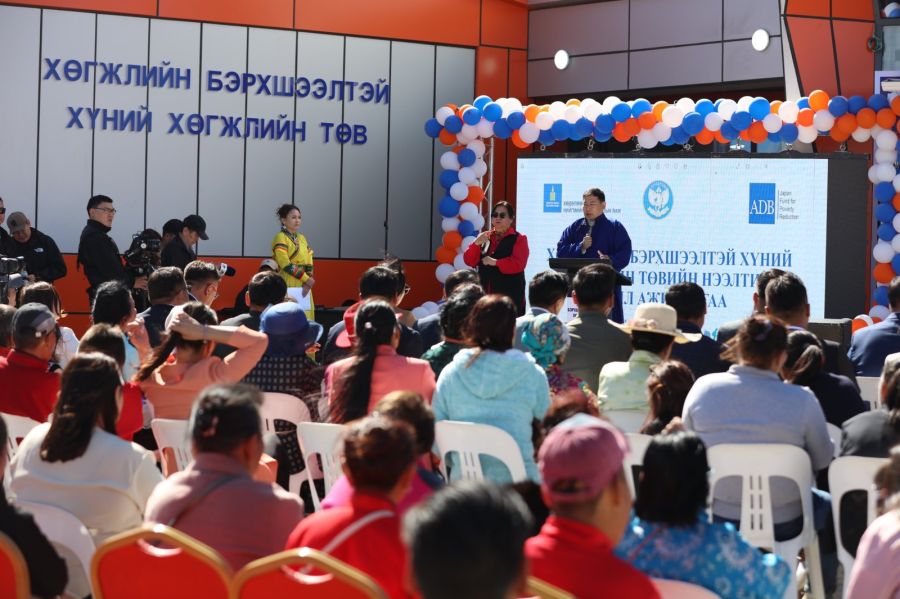
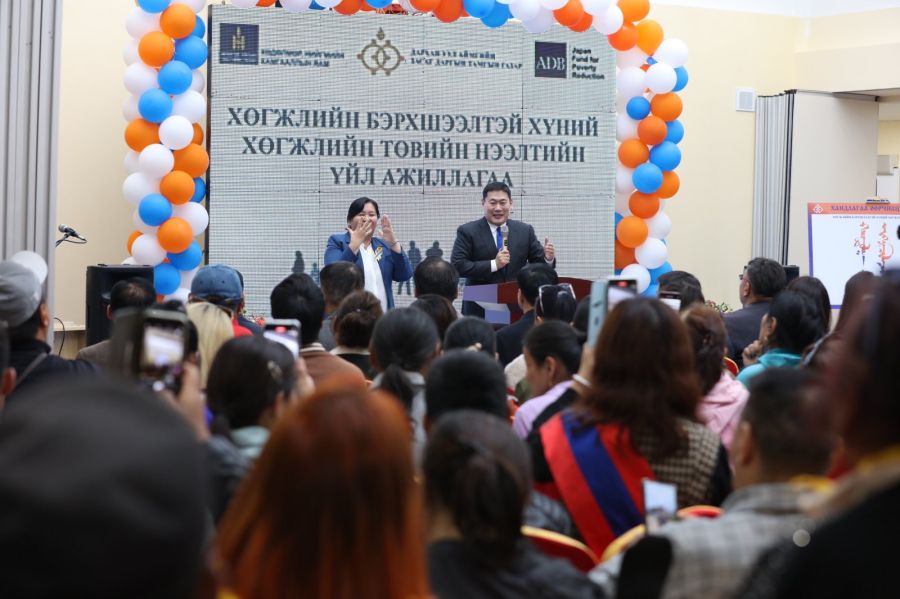
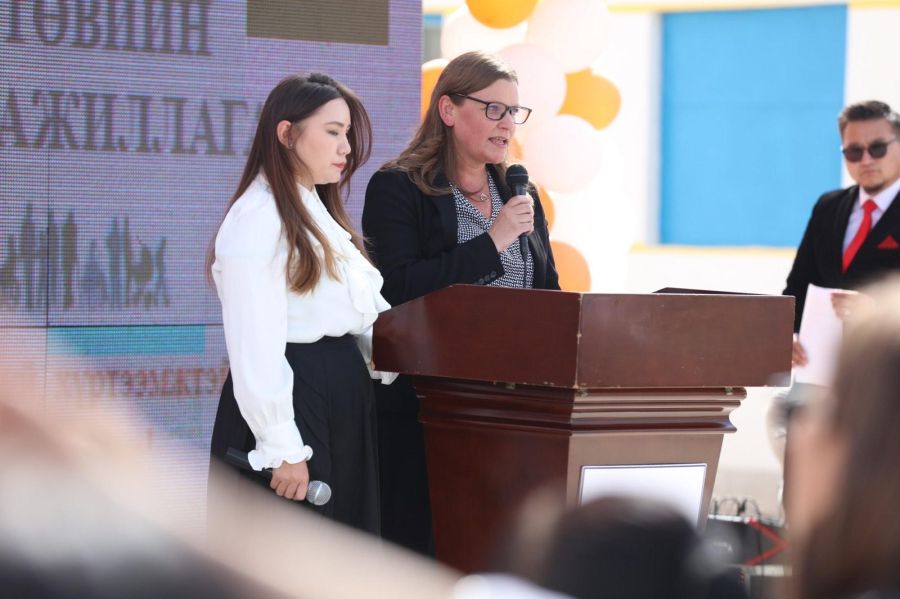
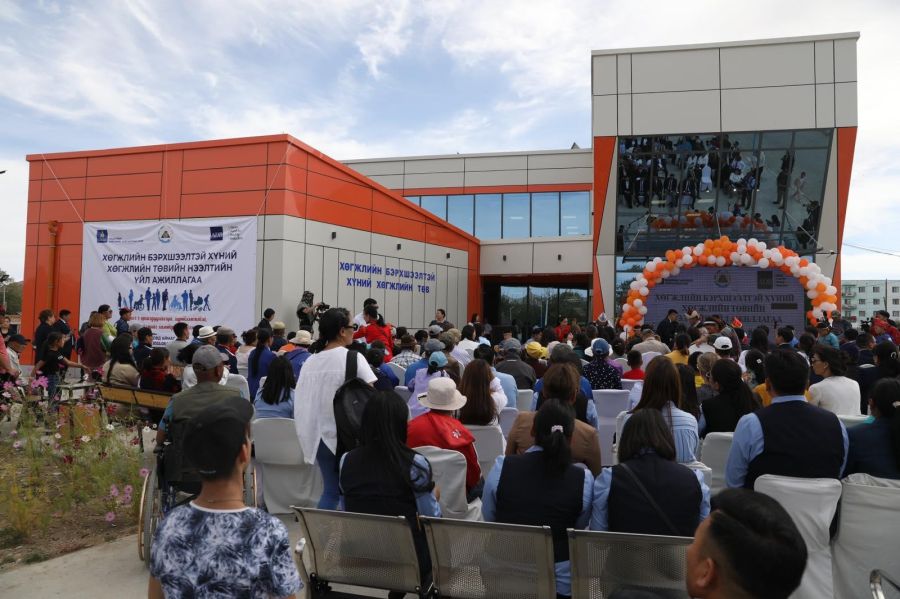
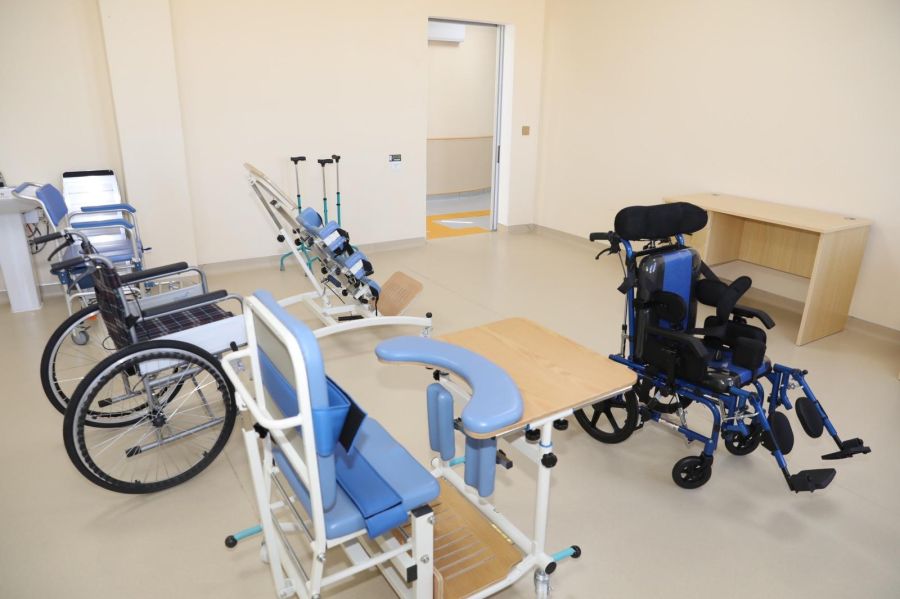
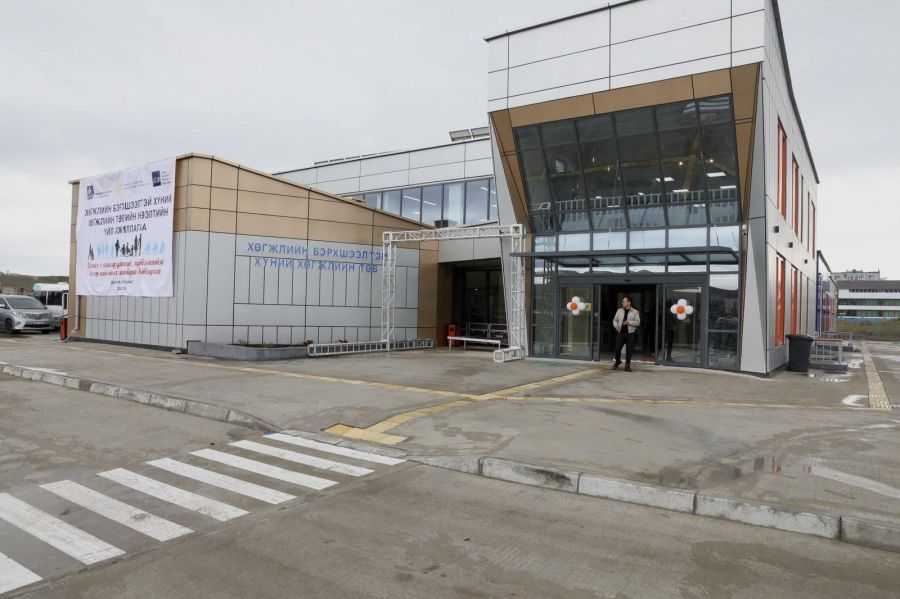
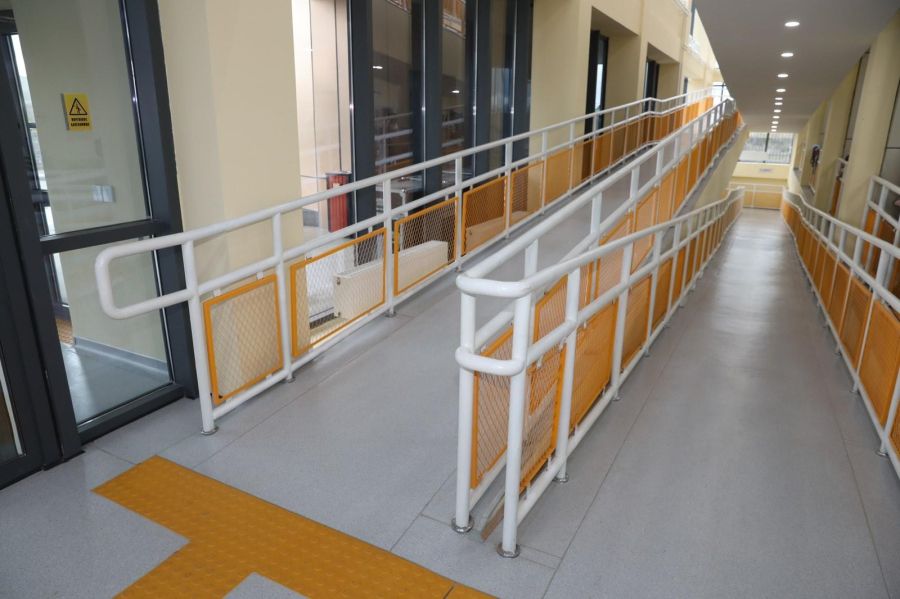
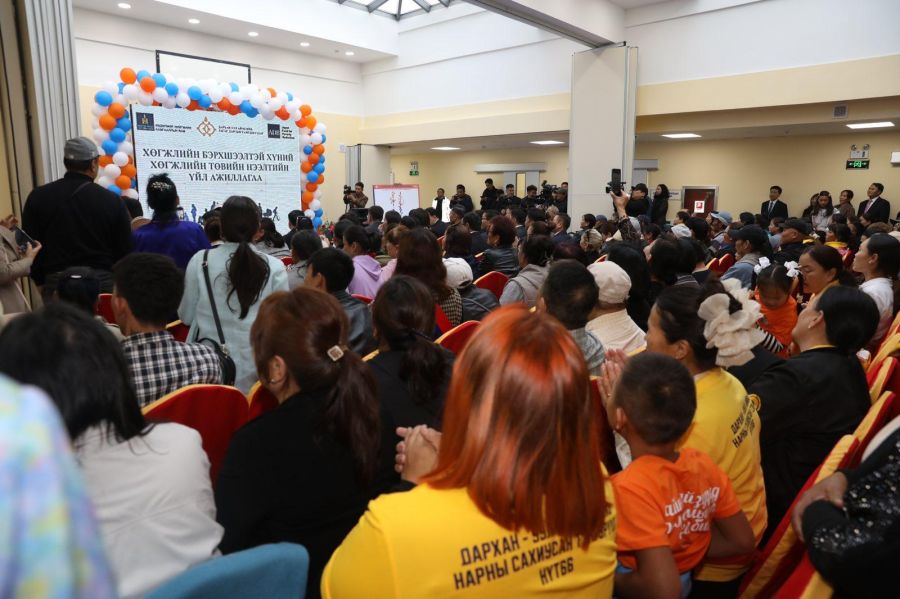
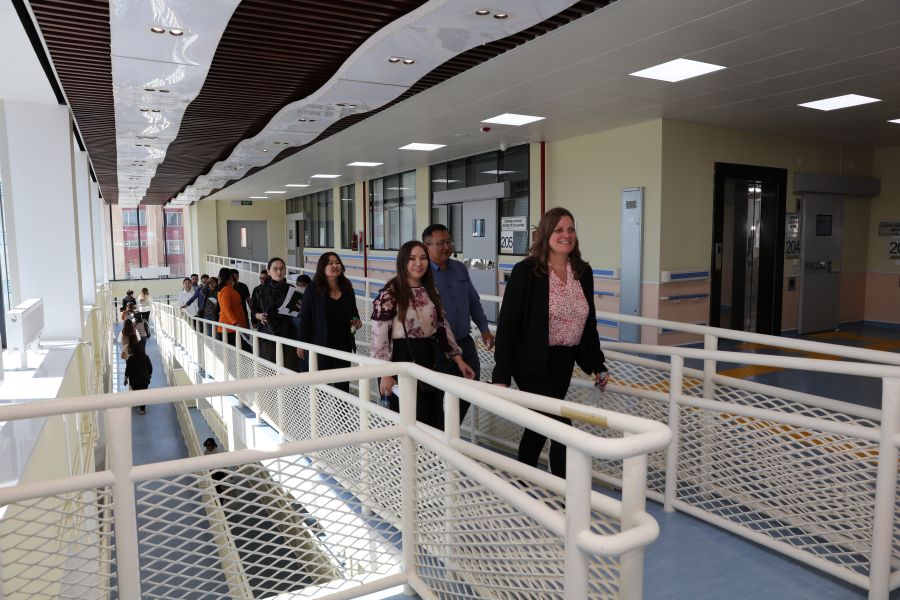
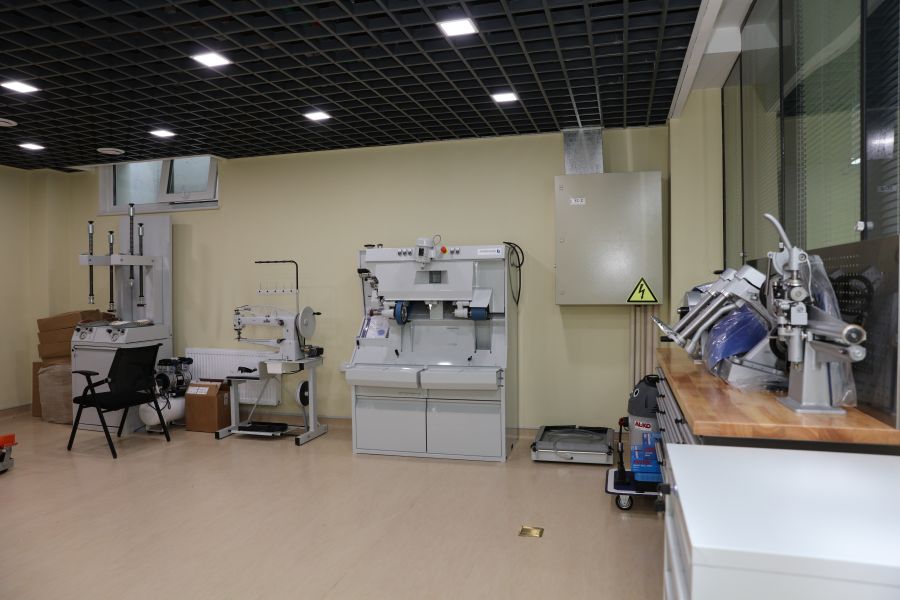
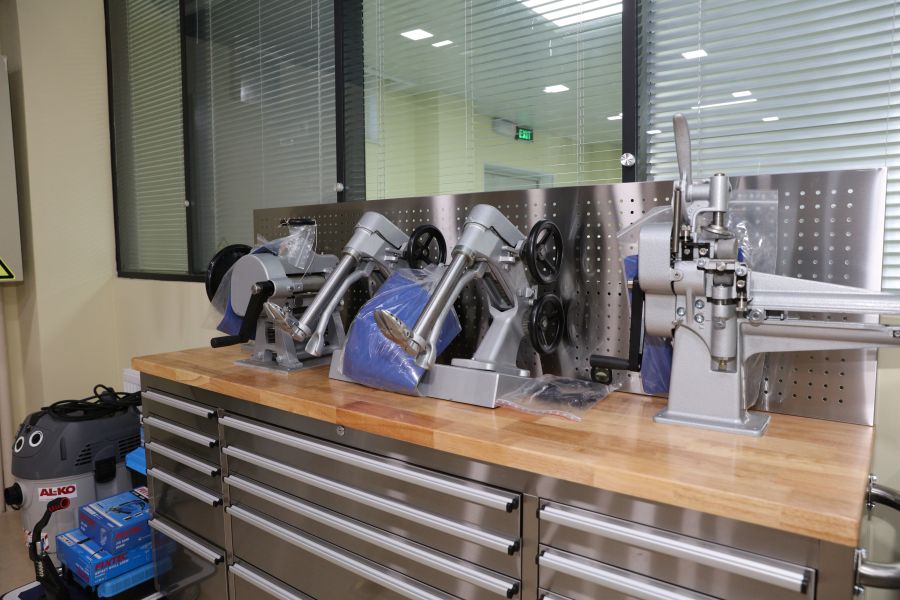
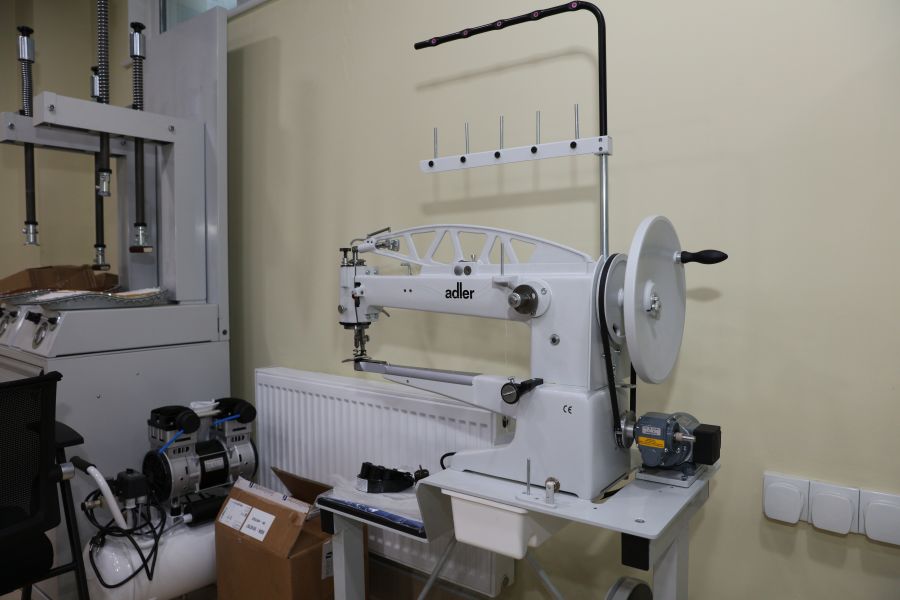
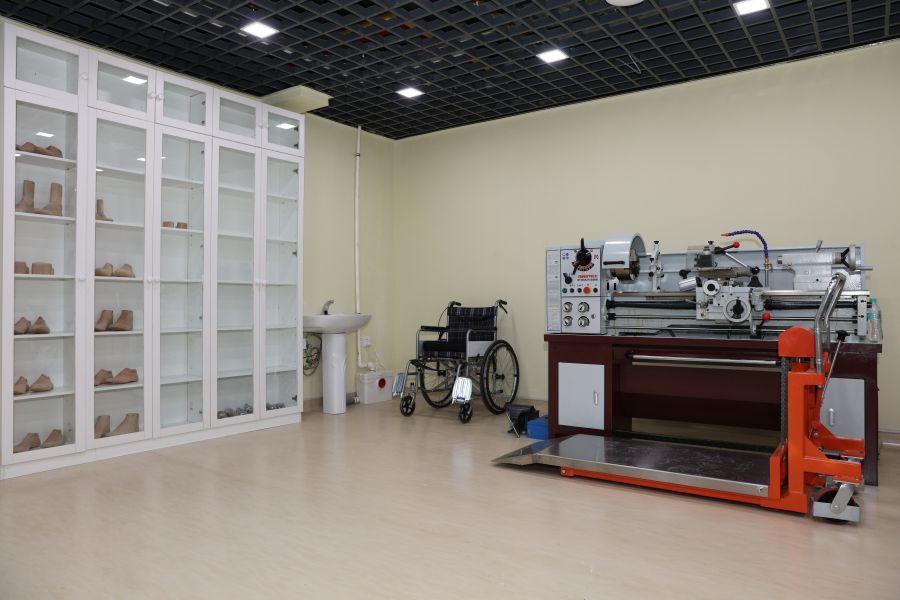
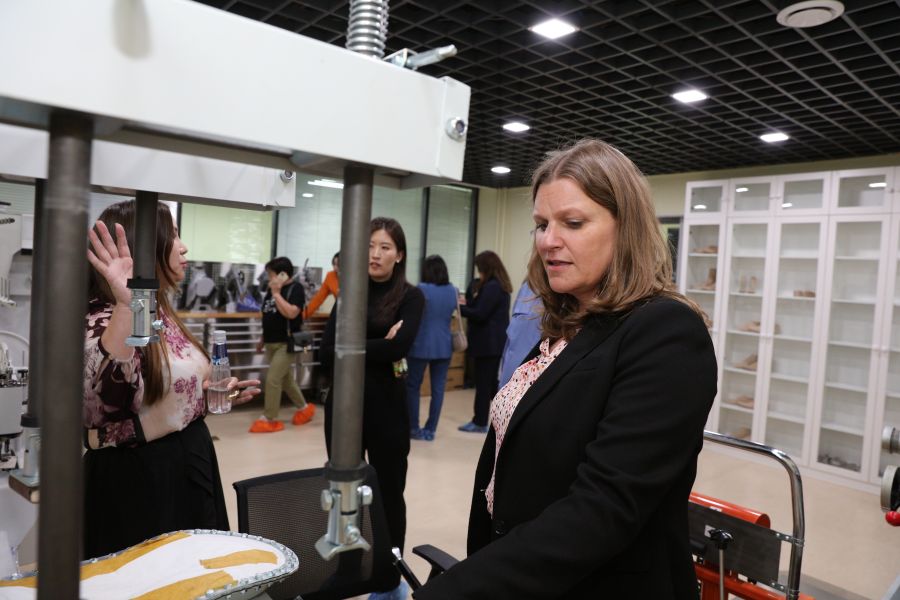
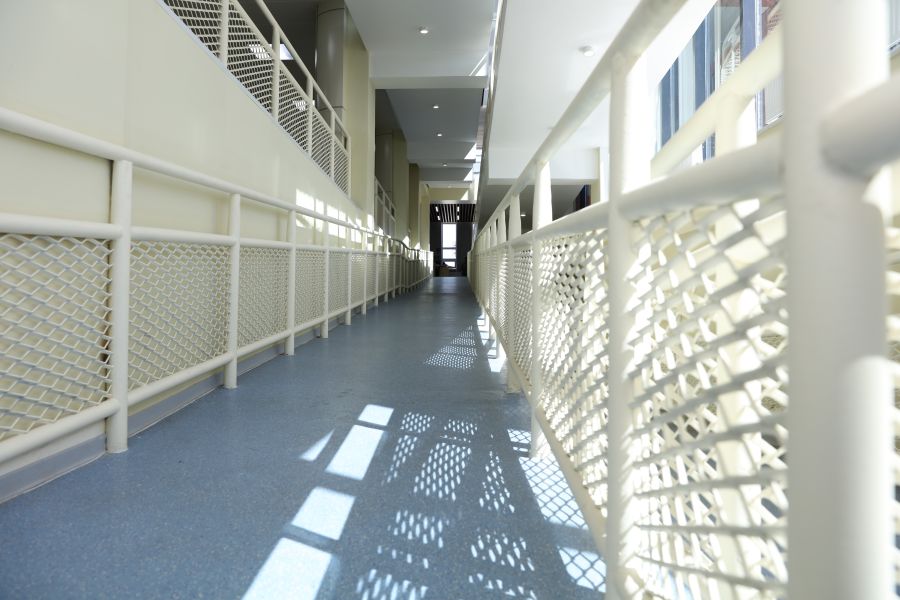
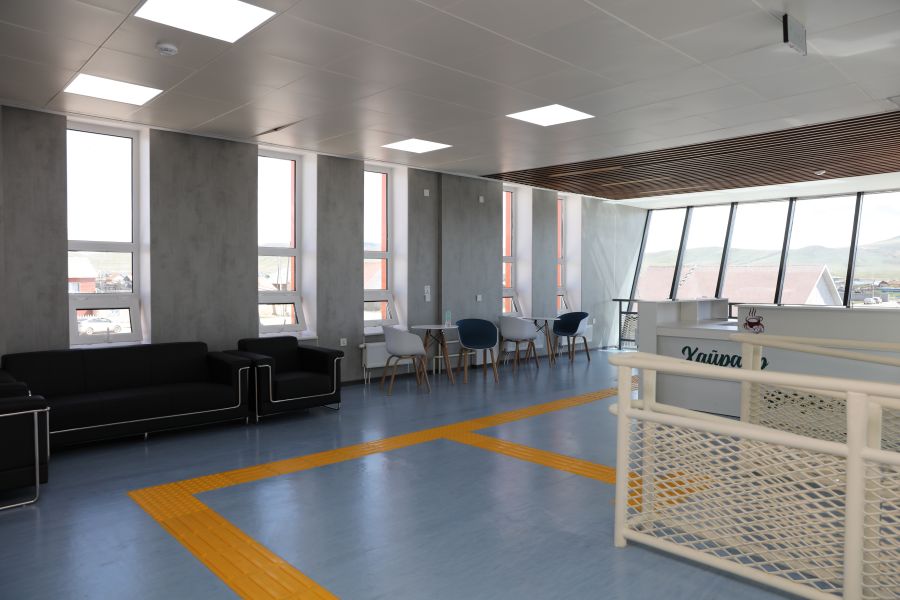
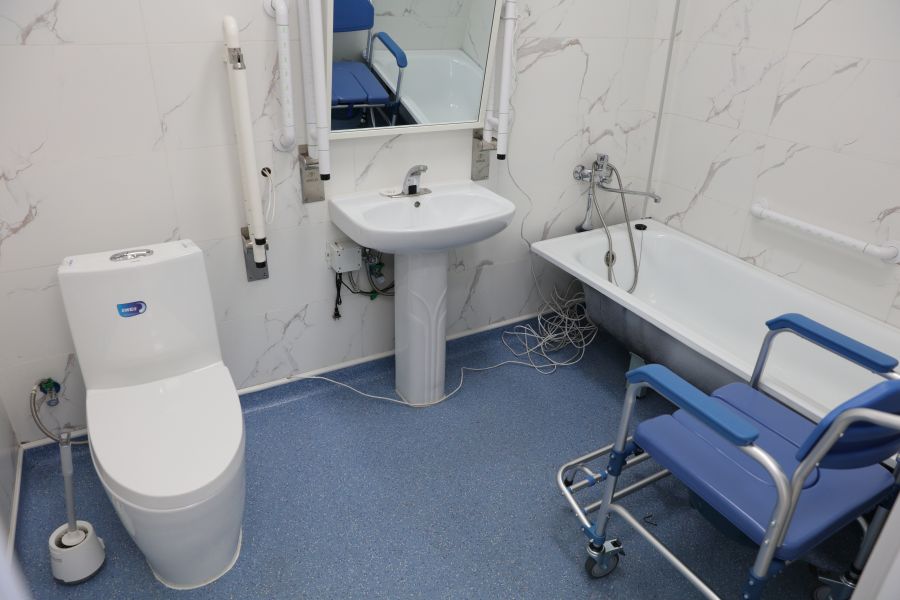
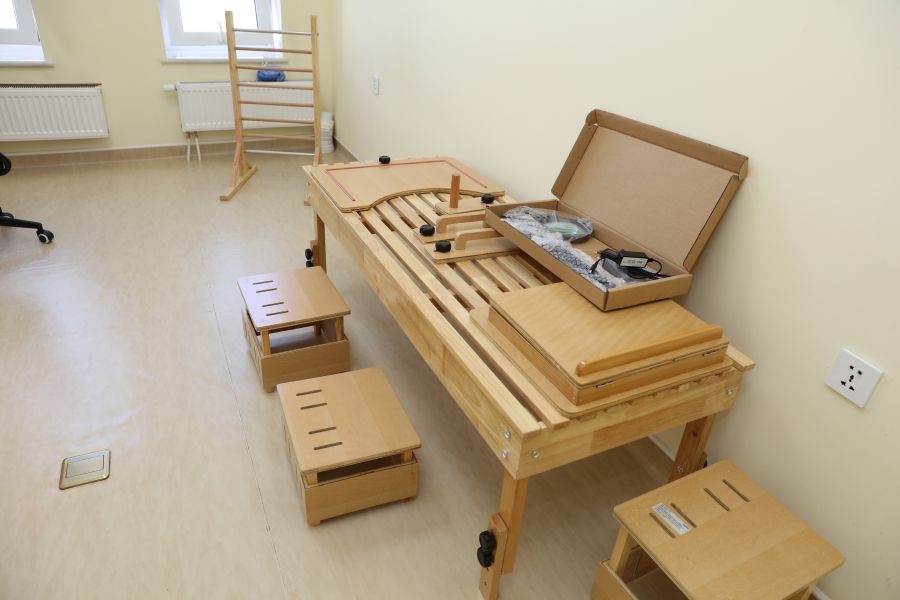
 Ulaanbaatar
Ulaanbaatar






